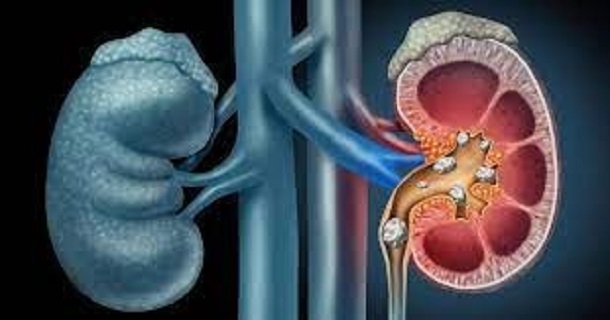Study shows promising results for using sound waves to break up kidney stones
According to initial human studies led by the Wolters Kluwer Health, an innovative technique called burst wave lithotripsy (BWL) may provide an effective and more accessible alternative for non-invasive treatment of kidney stones.

Alphen aan den Rijn [Netherlands]: According to initial human studies led by the Wolters Kluwer Health, an innovative technique called burst wave lithotripsy (BWL) may provide an effective and more accessible alternative for non-invasive treatment of kidney stones. The study was published in the journal, 'The Journal of Urology'.
Using focused ultrasound bursts to break up kidney stones, burst wave lithotripsy (BWL) provided a promising new approach to avoid the high costs and healthcare burden of kidney stone treatment, according to the report by Jonathan Harper, MD, of the University of Washington School of Medicine and colleagues.
Researchers wrote, "New BWL technology successfully fragmented stones of a variety of sizes, locations and densities to under two-millimetre fragments within 10 minutes with negligible tissue injury." Kidney stones are a very common condition, affecting 1 in 10 Americans at a cost of USD 10 billion per year. While many stones pass on their own, other treatments are sometimes needed.
Some fairly small stones can be treated using a technique called extracorporeal shock wave lithotripsy (ESWL), using shock waves to break up the stones so that they will be more likely to pass on their own. The ESWL procedure is performed in a hospital or clinic, typically with the patient under sedation.
Also Read |
Kidney stone risk is lowered by a class of diabetes medications
In contrast to the shock waves used in ESWL, the BWL procedure uses "short harmonic bursts" of ultrasound energy - potentially allowing the stones to be broken up in a shorter procedure without the need for sedation or anaesthesia. Pre-clinical studies supported the effectiveness of BWL in breaking up experimental stones of varying size and composition.
For the next step in developing the procedure, Dr Harper and colleagues performed initial studies in human patients with kidney stones. The patients were undergoing a surgical procedure, called ureteroscopy which is used to treat larger stones. Before that treatment, the stones were treated with a short period of BWL - no longer than 10 minutes.
Using the ureteroscope, the researchers were able to directly observe how well the ultrasound waves worked in breaking up stones, as well as observing any injury to the kidney tissues. In the study, BWL was used in 19 patients to target 25 confirmed stones. Overall, a median of 90 per cent of the stone volume was completely broken up (comminute) within the brief treatment period. Thirty-nine per cent of stones were completely fragmented while 52 per cent were partially fragmented.
Most of the stone fragments measured less than two millimetres - small enough that they would be easily able to pass on their own, without much pain. Examination through the ureteroscope showed mild or no tissue injury related to the BWL procedure, consisting mainly of mild bleeding.
For several reasons, BWL could be an important practical advance in the management of kidney stones. Many patients make multiple visits to the emergency department while waiting for definitive treatment of their kidney stones, often requiring opioids for pain management. Some patients require repeated treatment, even after surgery or ESWL.
"The ability to noninvasively break stones and expel the fragments in awake patients at first presentation in the ED or clinic has the potential to provide just-in-time treatment leading to a reduction of the overall pain, cost and resource burden associated with a stone event," researchers wrote.
The new results "are a step toward an office-based lithotripsy for awake patients," Dr Harper and co-authors concluded. They plan further studies toward determining whether the BWL technique can meet their ultimate goal of a "noninvasive, 30-minute treatment in the clinic without anaesthesia." (ANI)
 Dynamite News
Dynamite News 